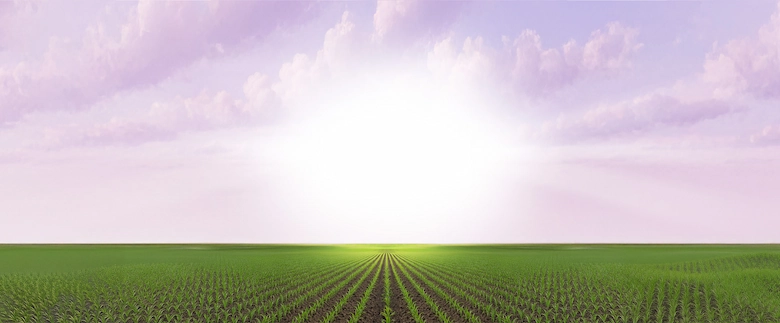

NGSS.3-5-ETS1, NGSS.MS-ETS1, NGSS.MS-ESS2-4, NGSS.5-ESS2-1, NGSS.HS-ESS2-5
The water cycle is the continuous natural process of how water moves above, below, and on the Earth’s surface. The four main phases of the water cycle are evaporation, condensation, precipitation, and collection. The sun heats surface water, forcing some of it to evaporate into the atmosphere as vapor. Plants lose water through transpiration. As the vapor cools and condenses in the sky, it forms clouds. When the clouds are heavy with water, water falls or precipitates back to the Earth as rain, snow, or some combination of both. The water either collects in oceans, rivers, and lakes, freezes into glaciers or ice, or soaks into the ground as groundwater. Water is needed to grow crops and raise healthy livestock.
Glass bowl, plastic food container with lid, warm or hot water, salt, plastic wrap, and ice
Share the background information with the students, then share the puzzle to be solved. Determine constraints (e.g., time alotted, space, materials provided, etc.) and divide students into small groups.
Ask a series of questions to help students brainstorm solutions to the puzzle. Encourage students to list all ideas – don’t hold back! Before moving on, make sure each group selects a solution that fits within the contraints.
Students diagram the prototype, identify the materials needed to build the prototype, and write out the steps to take. Students describe the expected outcomes.
Students follow their design plan and build their prototypes. Monitor their progress and remind them about how much time they have.
Students evaluate their creation and compare it with the expected outcomes. Students seek areas of improvement and make changes where needed.
Students share their solution to the puzzle and communicate lessons learned.
Students may need more guidance on the different stages of the water cycle before they start their project.
Similar topics are offered in these featured challenges